
What is Amazon CPSC 16 CFR Part 1215 Compliance?
On October 9, 2024, the U.S. Consumer Product Safety Commission (CPSC) published in the Federal Registera final rULe regarding the mandatory standard 16 CFR Part 1215 “Infant Bath Seats”, referencing the latest version of the standard ASTM F1967-24to revise the existing mandatory regulation. This new rule is scheduled to take effect on January 4, 2025, unless the Commission receives significant adverse comments by November 8, 2024.
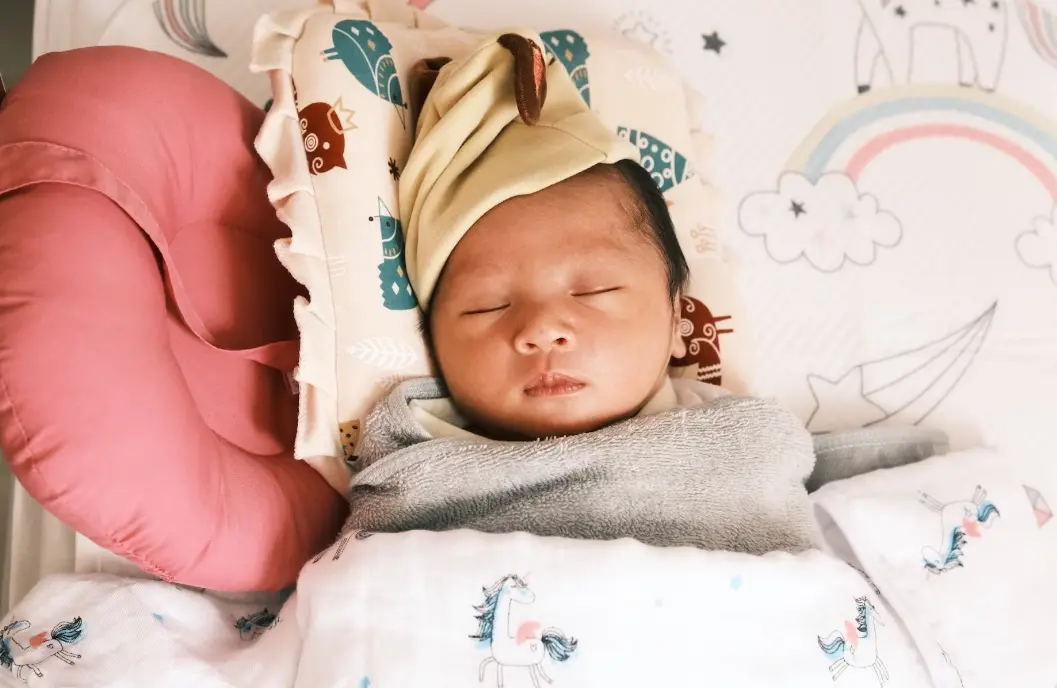
What is an Infant Bath Seat?
An infant bath seat is a product used in a bath tub, sink, or similar bathing enclosure that supports at least the front and back of a sitting infant during bathing by a caregiver.
This does notinclude products designed or intended to hold water for bathing, such as infant tubs.
Where Can I Find the Standard for Infant Bath Seats?
The standard is published in the Code of Federal Regulations, 16 CFR Part 1215.
It incorporates by reference the ASTM F1967-19standard.
About ASTM F1967-24
In July 2024, the American Society for Testing and Materials (ASTM) approved and released the updated safety standard ASTM F1967-24for infant bath seats. On July 8, 2024, ASTM notified the CPSC of the revision.
The standard defines an infant bath seatas a product used in a bathtub, sink, or similar bathing enclosure that supports at least the front and back of an infant during bathing. Products commonly referRED to as bath ringsare included within the scope of this regulation. It does not include products designed or intended to retain water for bathing.
Key revisions include:
1. Clarification that bath seats contacting the bottom of a tub must be tested on both Test Surface 1 and Test Surface 2.
2. The testing platform must be recessed and no longer requires that all tub surfaces be “smooth” or that the sidewalls have uniform thickness.
Specific Requirements for Infant Bath Seats under the ASTM Standard
The ASTM standard specifies the following major performance requirements for bath seats:
- Requirements for locking and latching mechanisms
- Requirements to prevent shear, pinch, and entrapment hazards
- Trap tests for accessible holes and openings
- Torque/tension tests for graspable components
- Requirements for permanent warning labels
- Stability tests on test platforms with both non-slip and smooth surfaces to evaluate tip-over risks
- Requirement for a passive crotch restraint to prevent a child from sliding out frontally or sideways
- Static load testing to ensure structural integrity during use
- Requirements for suction cups (if used) to adhere to both the seat and the test surface
- Leg opening requirements to prevent the child from sliding through
- Restrictions on seat width to prevent a reclined child from tipping and becoming trapped
- Requirements for warning labels and instructional literature
- Limits on allowable seat tilt angle during stability testing
- Requirement that the testing solution be applied to all contact areas between the product and test platform during testing
Additional Requirements Under the Consumer Product Safety Improvement Act (cpsia)
Infant bath seats are subject to additional CPSIA requirements for surface coatings, lead content, small parts, testing and certification, registration cards, and tracking labels.
- Surface Coatings:Infant bath seats must not be painted with coatings containing more than 0.009% lead.
- Lead Content:Accessible components of infant bath seats must not contain total lead exceeding 100 ppm (0.01%).
- Testing & Certification:Infant bath seats—like all products primarily intended for children 12 years or younger—must be tested by a CPSC-accepted third-party laboratoryto ensure compliance with all applicable children’s product safety rules. Based on these results, domestic manufacturers (or importers) must issue a Children’s Product Certificate (CPC)certifying compliance.
- Registration Cards:Each manufacturer must
1. Provide a postage-paid consumer registration card with each product,
2. Maintain records of consumers who register their products, and
3. Permanently mark the product with:
- Manufacturer’s name and contact information,
- Model name and number, and
- Date of manufacture.
- Tracking Labels:Infant bath seats must bear tracking labels or other permanent identifying marks on both the product and its packaging.
These labels should, as practicable, provide:
1. Manufacturer or private label name,
2. Place and date of manufacture, and
3. Cohort information such as batch or run number.
If the information required under tracking label and registration card rules overlaps, the markings may be combined to meet both requirements. Note that the packaging must also include tracking label information.
Amazon Compliance Requirements for Infant Bath Seats
According to Amazon’s product safety policies, all infant bath seats must be tested and comply with the following specific regulations and standards:
- Consumer Product Safety Improvement Act (CPSIA)— Lead and phthalates requirements
- 16 CFR Part 1130— Durable infant or toddler product registration requirements
- CPSA Section 14(a)(5)— Tracking label requirements
- ASTM F1967-19— Standard Consumer Safety Specification for Infant Bath Seats
- 16 CFR Part 1215— Safety Standard for Infant Bath Seats
JJR LAB Recommendations
Infant bath seats are classified as children’s products, and exporting them to the U.S. requires a Children’s Product Certificate (CPC).
All baby and toddler products exported to the United States must comply with CPSC, CPSIA, and related product safety standards.
Manufacturers and importers of children’s products must issue a CPCbased on test results from a CPSC-accredited laboratory, confirming that the product meets all applicable children’s product safety requirements.
Email:hello@jjrlab.com
Write your message here and send it to us
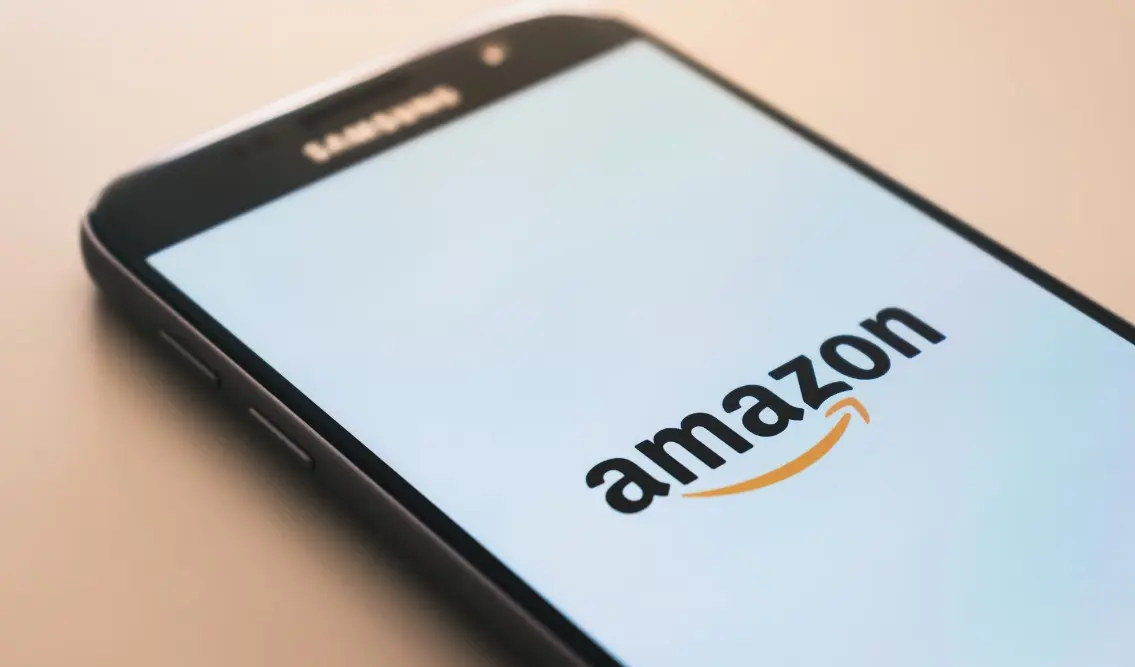 What are ASTM F963 and CPSIA?
What are ASTM F963 and CPSIA?
 Comparison of ASTM F963 and EN 71
Comparison of ASTM F963 and EN 71
 How to get CSA C22.2 NO.256:14 Test Report?
How to get CSA C22.2 NO.256:14 Test Report?
 How much is the ISTA Amazon Packaging & Shippi
How much is the ISTA Amazon Packaging & Shippi
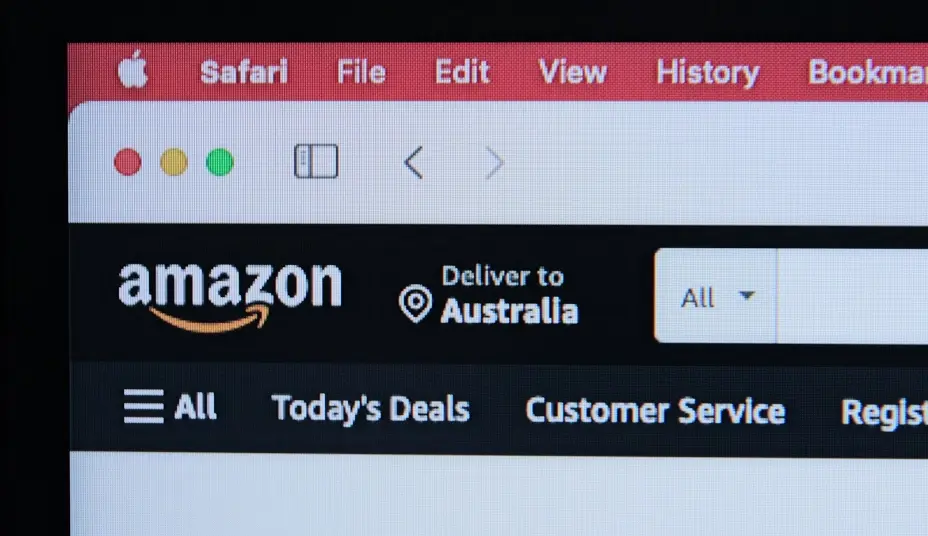 Amazon Product Laboratory Testing Requirements
Amazon Product Laboratory Testing Requirements
 How to Get EPA Certificatio
How to Get EPA Certificatio
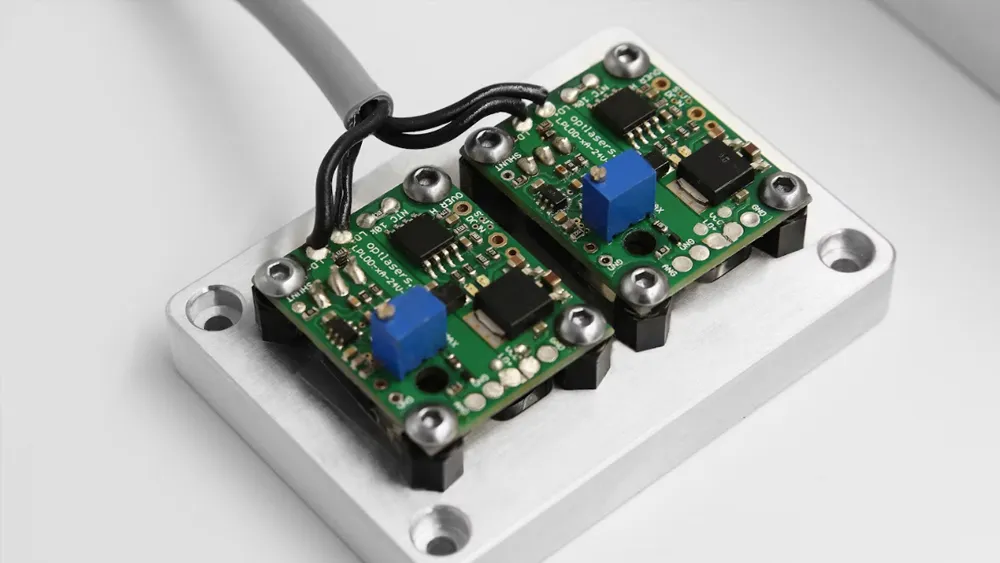 What is EPA Certification in the United States?
What is EPA Certification in the United States?
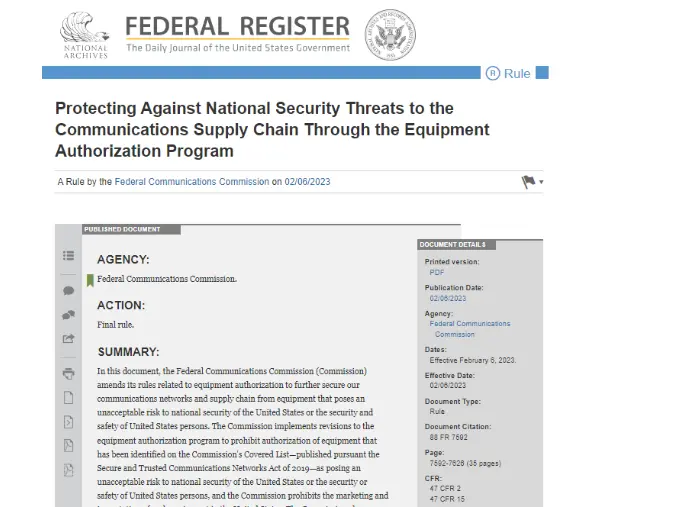 What is an FCC Registered Agent?
What is an FCC Registered Agent?
Leave us a message
24-hour online customer service at any time to respond, so that you worry!




